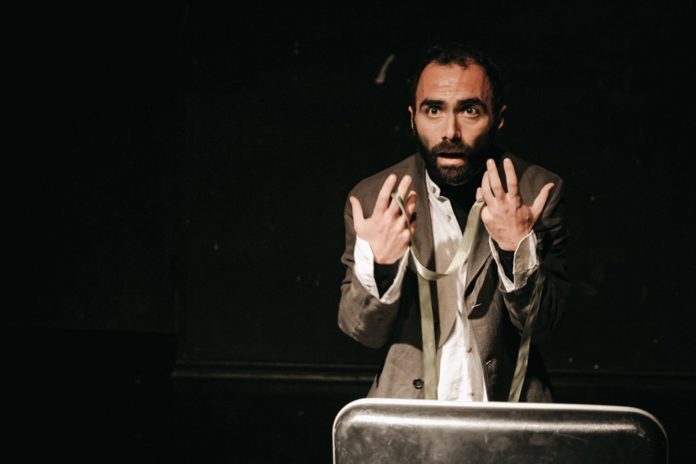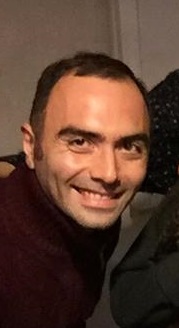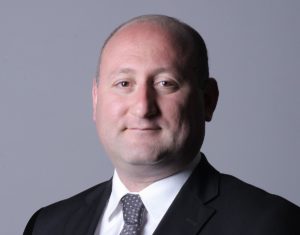YEREVAN — One of my few polymath friends in Yerevan is Ara Asaturyan, whom we used to call Arik. A specialist in English, who worked as a translator, he is also a professional pianist, who left aside those two professions and followed his true vocation – dance, choreography and performing.
Asaturyan was born in 1976 in Yerevan, studied at the Yerevan Brusov State Linguistic University, Yerevan Komitas State Conservatory and Yerevan State Institute of Cinematography and Theater. In 2011, he took a postgraduate course at the Choreography Department of the St. Petersburg Conservatory.
Since 2005, he has been active in the Yerevan dance scene, staging a number of big and small performances: “Beyond the Virtual World” (Best Performance award of Gisaneh Youth Theater Festival), “Charents” (music by Grigor Hakhinyan), “Dreams about the Homeland” (inspired by folk songs performed acapella by Parik Nazarian), “Know That I’m Still Alive” (choreographic phantasy to the music of Michael Nyman and poems by Petros Duryan), “Hayrenner” (choreographic phantasy to the music of France-based Armenian composer Lilit Daniyelyan and poems by great Nahapet Kuchak), “Death and the Maiden” (music by Ludovico Einaudi), “Where, O Death, Is Your Victory?” (co-produced with stage director Grigor Khachatryan), “Hours of Vision” (produced in cooperation with three other Armenian choreographers), “Five Letters” (a ballet made for the Yerevan National Opera and Ballet Theatre).
Ara Asaturyan has staged dances for operas, including “Artsvaberd” (Eagles’ Fortress) by Andrey Babaev and “Ring of Fire” by Avet Terteryan (both performed in open air in Shushi), “Carmen” by Georges Bizet as well as for Astor Piazzolla’s “Maria de Buenos Aires” tango operetta.
Together with Grigor Khachatryan and Arman Julhakyan, he co-produced a number of ballets – “Hokis” (My Soul), “Amen,” “We Promise” (based on Terry George’s “The Promise”), “The Dance of Sassoun” and “#44 / Genetic Amnesia.”
Ara Asaturyan also cooperated with stage directors, like Armen Meliksetyan (“The Blind” rock opera, “Maria de Buenos Aires” tango operetta, the musical “Mother Courage and Her Children”); Grigor Khachatryan (Euripides’s “Medea” (Artavazd national award as the best youth performance of the year), Pierre Beaumarchais’s “The Marriage of Figaro,” William Shakespeare’s “Othello,” Rodion Beletsky’s “Poison” and Euripides’ “The Bacchae”); Nora Grigoryan (Nikolai Erdman’s “The Suicide,” Alexander Pushkin’s “Eugene Onegin” (Artavazd national award as the best youth performance of the year) and Gabriel Garcia Marquez’s “I Only Came to Use the Phone”).










